Things I got to learn travelling Chattisgarh on a cycle
Just as Jharkhand inherited the more prosperous regions of Bihar during the partition in 2000, Chhattisgarh similarly gained the advantageous portions of Madhya Pradesh upon its division. Chhattisgarh stands as one of the nation’s fastest-growing states, endowed with abundant mineral resources including iron, bauxite, limestone, dolomite, coal, and tin. It contributes 15% of the country’s steel production and boasts a surplus of electricity for the state’s needs, a rarity among Indian states. With dense forest cover accounting for 12% of the nation’s total, Chhattisgarh holds significant ecological wealth. During my time in Chhattisgarh, I observed a noticeable disparity in development compared to neighboring Madhya Pradesh. Like Jharkhand, Chhattisgarh is predominantly inhabited by tribal communities, constituting 30% of the state’s population, surpassing Jharkhand’s 24%. While I acknowledge potential biases stemming from my mode of travel and personal perspective, I have endeavored to minimize them. Should any points raised in this article seem inappropriate or inaccurate, I welcome your feedback in the comments section below.

The geography
Chhattisgarh, resembling a seahorse in shape, can be conceptually divided into three distinct zones. The northernmost region, Sarguja, is characterized by hilly terrain. The central portion, known as Maidhan, comprises flat plains, while the southern area consists of the Bastar plateau. Sarguja and Bastar are primarily inhabited by tribal communities, with comparatively greater development occurring in Maidhan, where the state capital, Raipur, is situated.
The central zone’s development can be attributed to the presence of abundant coal and iron ore reserves, along with the operations of companies like SAIL and NTPC, providing employment opportunities and improving living standards. This economic vitality has attracted people from neighboring states, contributing to the region’s prosperity.
Chhattisgarh shares borders with seven other states: Uttar Pradesh, Jharkhand, Odisha, Madhya Pradesh, Maharashtra, Telangana, and Andhra Pradesh. The state’s hilly terrain, coupled with its adjacency to areas where Naxalites can seek refuge, presents challenges for law enforcement. This geographic complexity has facilitated the proliferation of Naxalite activity, particularly in the central and southern zones of the state.
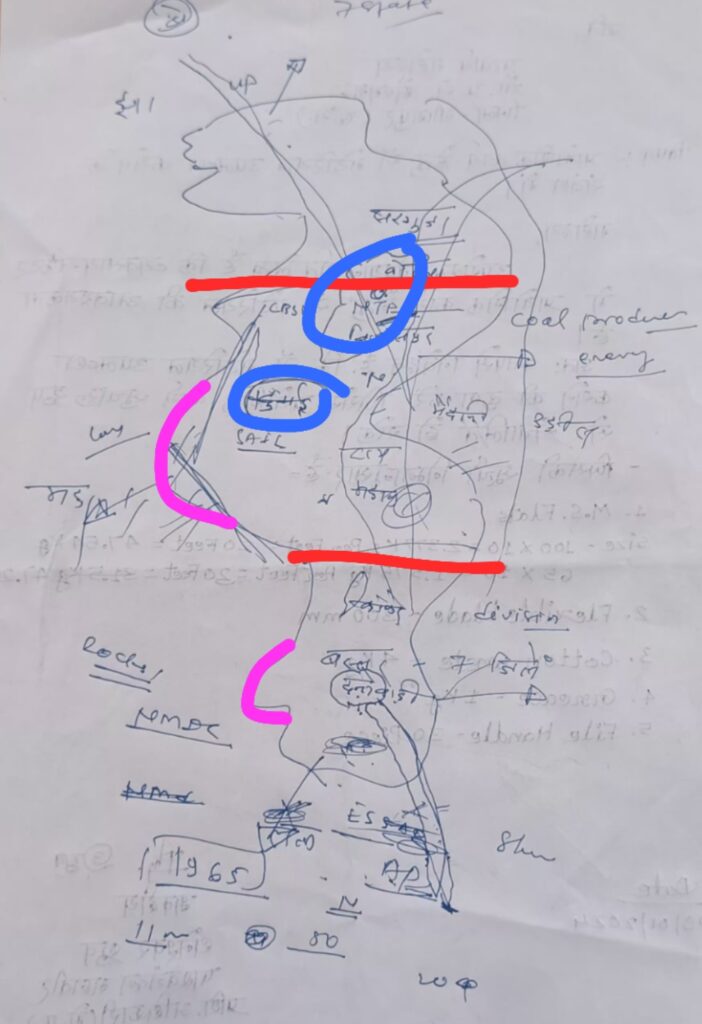
The politics
Upon entering Chhattisgarh, the state’s challenging road conditions quickly become apparent. Despite the hilly terrain being a potential culprit, locals attribute the subpar roads to the previous Congress government, particularly criticizing former Chief Minister Bhupesh Baghel for alleged mismanagement, including his involvement in an illegal betting app called Mahadev betting app.
Traversing from Jharkhand, I noticed strong support for the BJP in the northern part of Chhattisgarh, marked by an abundance of BJP flags alongside saffron flags with symbols of Ram and Hanuman. The political landscape shifted slightly as I moved south, with a gradual increase in Congress flags. The 2023 victory of the BJP in Chhattisgarh has instilled hope for improved conditions amongst public, although concerns linger.
Amidst the optimism, allegations by the Congress of increased Christian conversions among tribals during the BJP’s 15-year rule raise complex socio-religious questions. Observing firsthand, areas like Ambikapur in northern Chhattisgarh revealed a significant rise in tribal conversions in the past decade. The BJP’s push for industrialization has also stirred controversy, notably in allocating coal-rich Hasdev jungles for mining to the Adani group, contrasting the Congress-era commitment against deforestation.
As both political parties wield influence, the locals find themselves navigating a nuanced and challenging political landscape in Chhattisgarh.
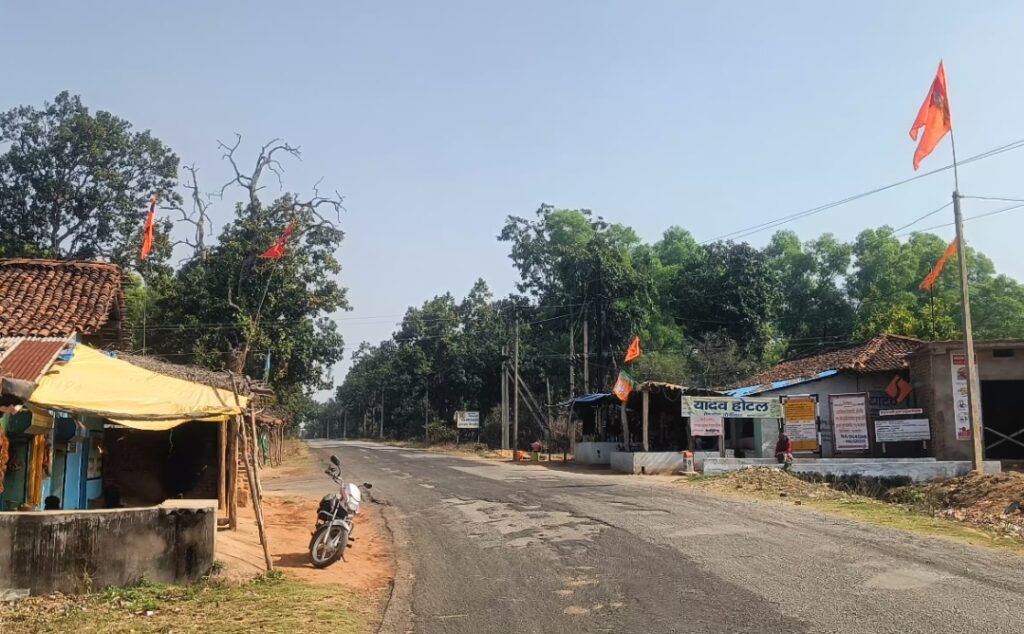
Development
Surprisingly, despite being predominantly tribal, Chhattisgarh outshines its neighboring states, Jharkhand and Madhya Pradesh, in both literacy rate and overall development. Impressively, the state boasts one of the lowest unemployment rates in India, as per recent estimates. Notably, government offices and public spaces exhibit a commitment to quality, with well-constructed buildings and superior materials used in parks, markets, and bus stands. This stands in stark contrast to neighboring Madhya Pradesh and Jharkhand.
In contrast to my observations in Madhya Pradesh, where government rest houses were dilapidated and frequented by unruly crowds (read this article), Chhattisgarh presents a different picture. Each government rest house is meticulously maintained, overseen by the district’s sub-divisional magistrate (SDM). The commitment to cleanliness is palpable throughout, setting a high standard for the upkeep of government buildings and public spaces in the state.
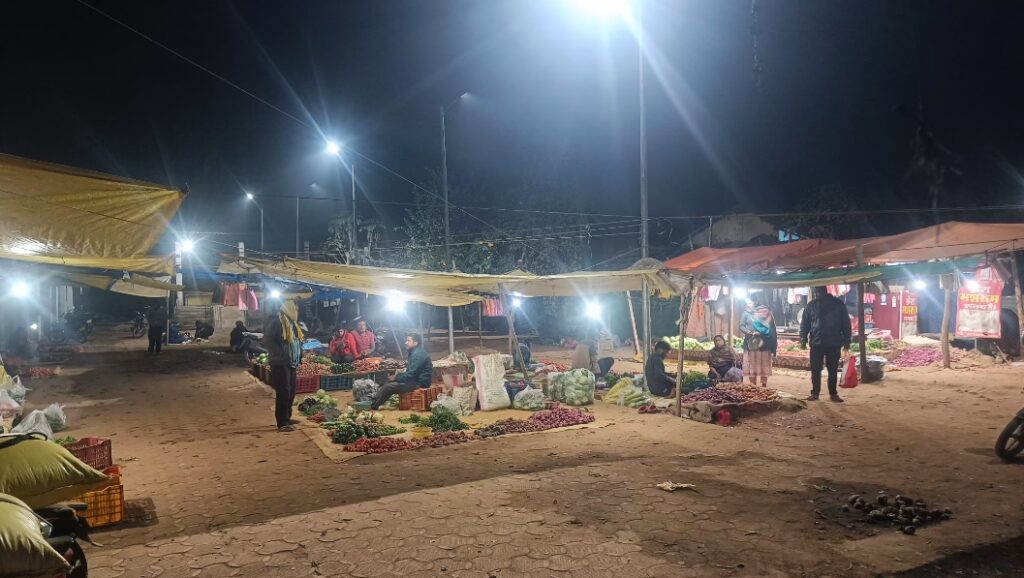
Alcohol intake
Alcohol consumption among tribals is prevalent, deeply ingrained in their cultural practices. In my interactions with tribals in Madhya Pradesh and Jharkhand, I’ve observed a common trend of alcohol consumption. In Madhya Pradesh, tribals brew Mahua, a local drink, while in Chhattisgarh, rice beer is common in the northern regions, transitioning to Mahua further south. Additionally, toddy extracted from palm trees is consumed in the southern parts.
To garner support from the tribal community, the government has legalized home brewing of up to 5 liters of alcohol. Unfortunately, this regulation lacks oversight, leading to unregulated production and sale of alcohol. In many villages across Chhattisgarh, I witnessed open sale of rice beer near markets, with locals consuming it on a daily basis.
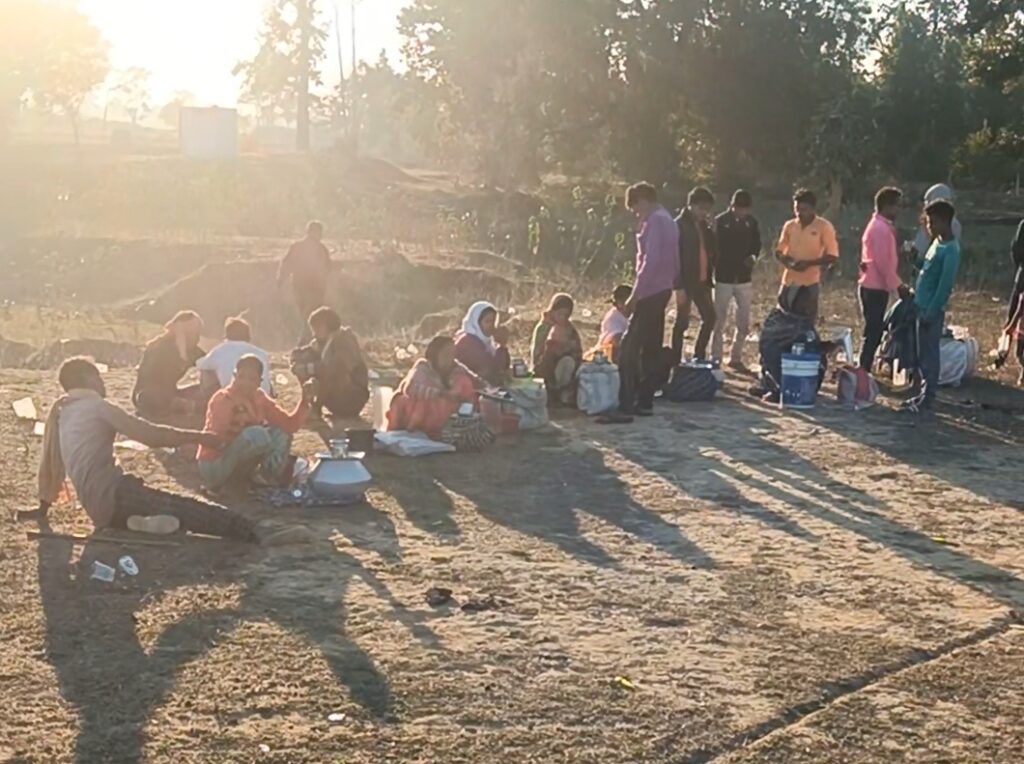
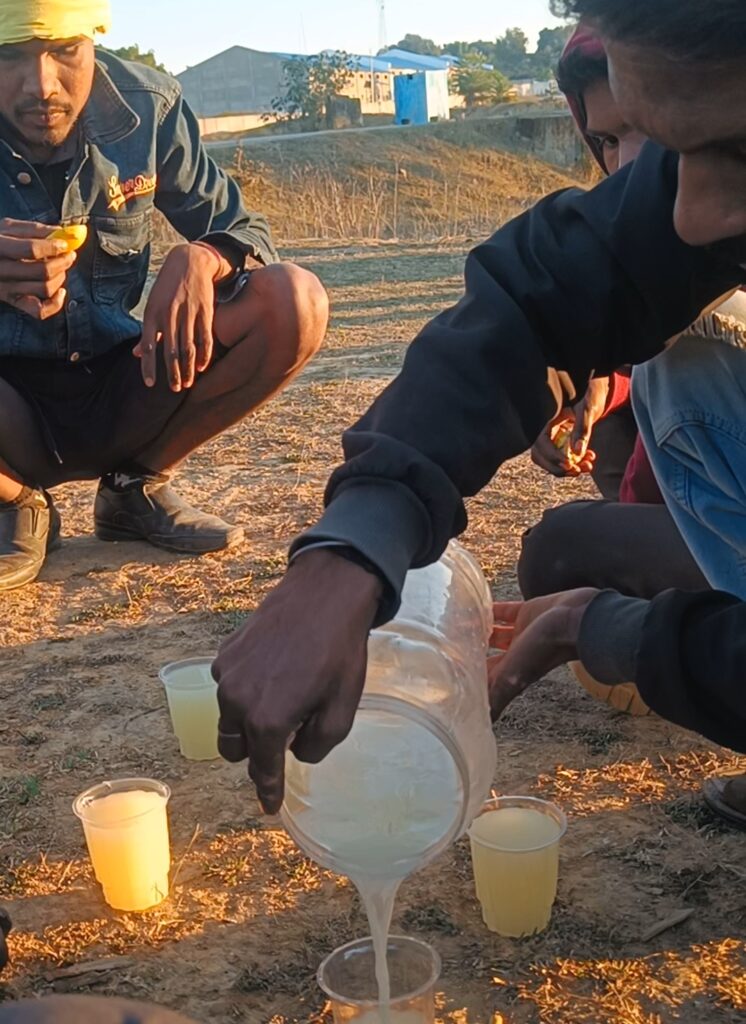
During my conversations with various individuals in Chhattisgarh, a unanimous sentiment emerged: tribal children possess remarkable talent. This observation was corroborated by my own interactions, where I noticed their inherent sharpness despite their reserved demeanor. Many of these children pursue education up to the 12th grade, yet sadly, dropout rates increase as they become involved in alcohol consumption, a cultural norm among tribals.
Despite this challenge, Chhattisgarh boasts a commendably high literacy rate, among the highest in northern India. The state also exhibits a greater presence of schools compared to neighboring Jharkhand and Madhya Pradesh.
While speaking with a local news channel, I learned of a concerning trend: the increasing use of marijuana among schoolchildren in Chhattisgarh. However, coming from Uttar Pradesh, Bihar, and Jharkhand, where marijuana consumption is more widespread, the prevalence in Chhattisgarh seemed comparatively minimal in my observation. Throughout my stay, I observed disciplined behavior among students, even within college hostel premises where I got an opportunity to stay a couple of times in the journey.
While the news channel attributed the rise in marijuana consumption to the previous Congress government, I remain skeptical of their claims, especially considering the bias towards the BJP government among those I encountered in Chhattisgarh. Additionally, I personally did not witness significant evidence of marijuana use, possibly influenced by my prior experiences in the aforementioned states.
The split in 2000 and it’s outcome
The separation of Jharkhand from Bihar in 2000 appeared less transformative compared to the impact witnessed in Chhattisgarh following its split from Madhya Pradesh. Despite both regions parting ways with distinct cultural identities, locals in Chhattisgarh asserted that the split had significantly benefited them.
Previously, the extraction of resources from Chhattisgarh contributed predominantly to the development of the western half of Madhya Pradesh, focusing on cities like Bhopal and Indore. This left the tribal-inhabited regions of Chhattisgarh underdeveloped. The redirection of resources post-split has propelled Chhattisgarh to become one of the fastest-growing states in India, leveraging its initial underdeveloped status.
Visiting towns and cities in the northern part of Chhattisgarh, it was evident that significant development had taken place, with some areas seemingly newly constructed. Locals asserted that the transformative changes occurred post-2000, turning previously underdeveloped towns and cities into thriving hubs.
Tribal land with equal outsiders
Due to its extensive forested areas, excluding Himachal Pradesh and some northeastern states, Chhattisgarh boasts the lowest population density in India. The density is even lower than the arid state of Rajasthan. The sparsely distributed population in hilly regions consists predominantly of tribals, who possess natural adaptability to forest living. Chhattisgarh is home to over 42 tribal communities, with the Gondh community being the largest. Five communities, including Birhor, Pahadi Korva, Baiga, Abujmadia, and Karmar, are designated as PVTG (Particularly Vulnerable Tribal Group), with government efforts focused on preserving their cultures and fostering development.
Traditional practices among these communities reflect a deep connection with the forests, considering them sacred. Some practices, such as cock fights, vibrant dance rituals with trance music, and enigmatic rock paintings depicting humans and animals, may seem antiquated to a modern observer.
Throughout my stay, I noticed that non-tribal residents often traced their ancestry to states like Uttar Pradesh, Bihar, Jharkhand, or Madhya Pradesh, having settled in Chhattisgarh for generations. The welcoming nature of the tribals has influenced outsiders to adopt a similar warm and communal atmosphere.
While Chhattisgarh shares some spiritual characteristics with Madhya Pradesh, it stands out as a place with fewer temples and ashrams, as the tribal culture doesn’t emphasize such practices. Despite the presence of Hindu prayers and RSS activities in the northern part, the tribal regions lack significant religious establishments.
Overall, Chhattisgarh in my eyes emerges as an exceptionally safe place, ranking as the second safest state after Gujarat in all of the 10 states I have travelled in (read this article). According to local police stations, the low crime rates, mainly involving tribal disputes after alcohol consumption, make their work notably manageable. Despite occasional issues with Naxals in the south, the overall crime rate in Chhattisgarh is among the lowest in India, excluding the far north and northeast regions.
The psychology of people
In Chattisgarh, it’s a common occurrence for tribals or anyone else to warmly invite you into their homes, offering food and even accommodation if they feel one needs it. Their kindness and willingness to go above and beyond to make others happy make them some of the sweetest people one can encounter. Their joy lies in helping others, exemplifying the true essence of “Athithi Devo Bhava” – that guests are gods.
Throughout my stay in Chattisgarh, I experienced this hospitality multiple times, being welcomed into several tribal homes for meals and stays. Their generosity is truly extraordinary, and they embody the spirit of welcoming guests with open arms. Similar to my observations in Jharkhand, it’s not uncommon for shop owners in Chattisgarh to forgo charging travelers. Additionally, the tribals display a refreshing innocence; unlike other parts of the country where charging extra for a cold drink which are refrigerated is customary, the idea of overcharging doesn’t occur to the tribals. In my interactions, I was consistently charged only the MRP of the products.
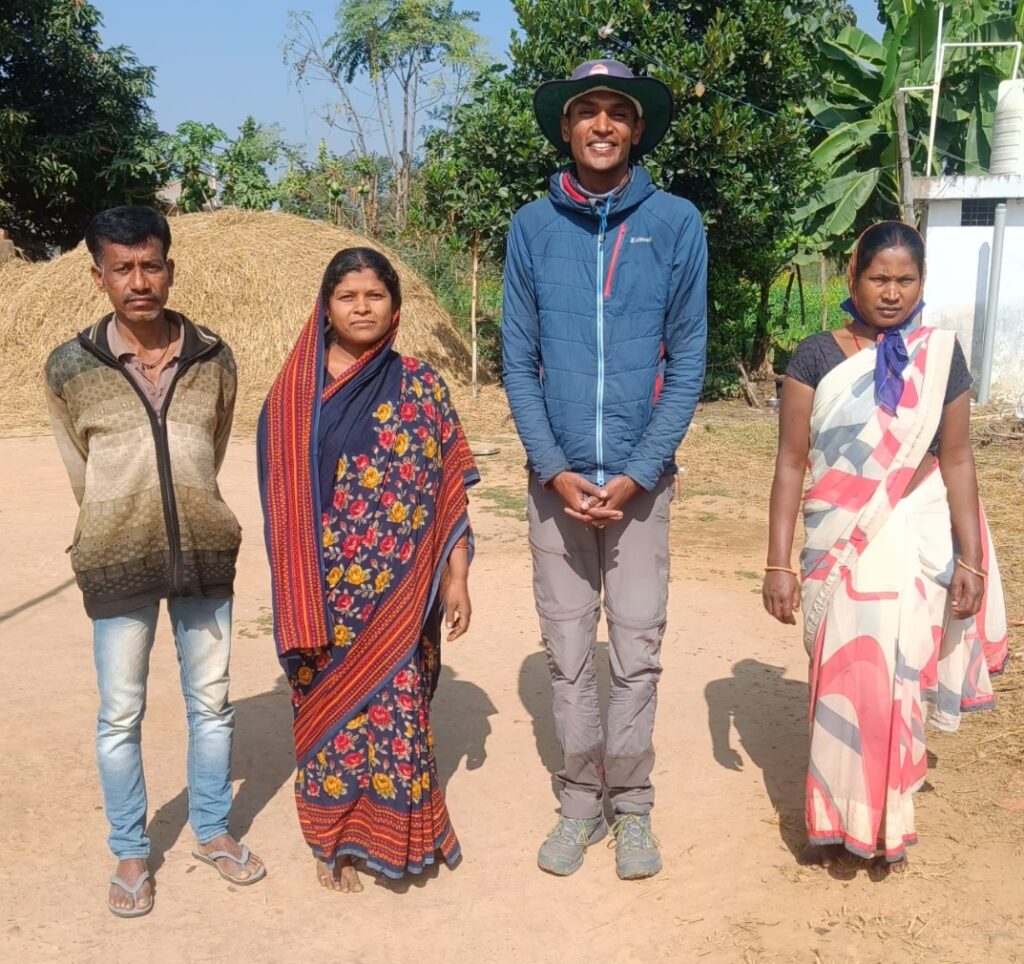
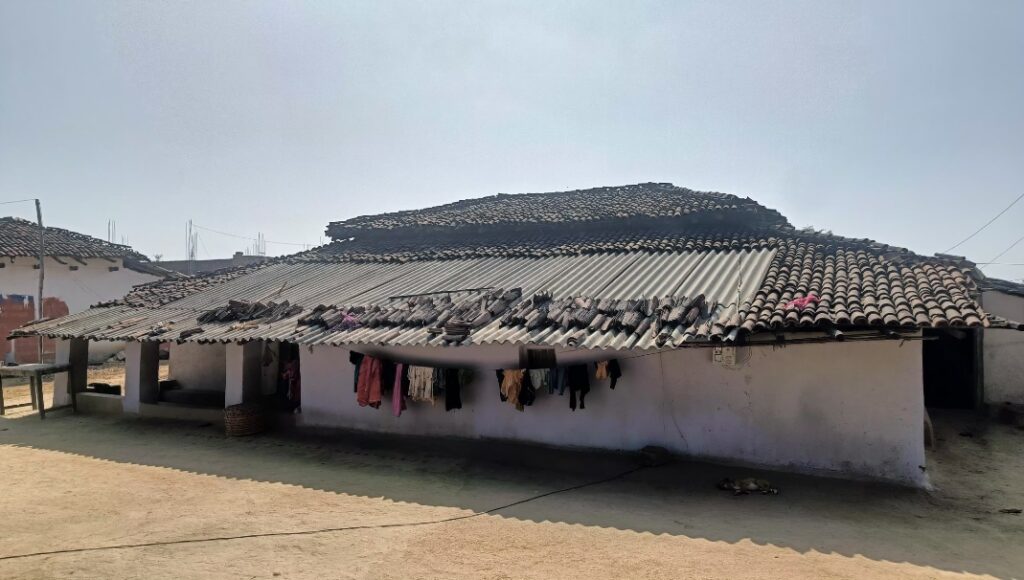
Interestingly, I learned that locals are so modest that they often shy away from speaking their own language, Chattisghariya. This stands in contrast to people in many other states who take immense pride in their native languages. This apparent timidity in Chattisgarh contrasts with the excessive pride often associated with egotistic behavior – two sides of the same coin, forcing individuals to choose one perspective.

My experience in Chattisgarh was truly delightful. The stunning landscapes of mountains, forests, and rivers added to the charm of my stay. The warmth and hospitality extended by the locals made my journey exceptionally comfortable. Among all the states I’ve visited, Chattisgarh holds a special place in my heart; as they say, “Chattisghariya sabse Badiya”.
If you have any feedback or if you feel any information provided in the article is inaccurate, please feel free to leave a comment below. I value your input and would love to hear from you. If you enjoyed reading about my experiences in Chattisgarh, I invite you to explore my website for similar articles on other states.
I am a 31 year young PhD graduate who has decided to travel the length and breadth of India on my cycle, to document the journey of meeting a vast array of people. In my journey, I intend to understand the characteristic features of the people of this nation and categorize them based on their demographics, age, profession, gender, traditions, and cultural differences.